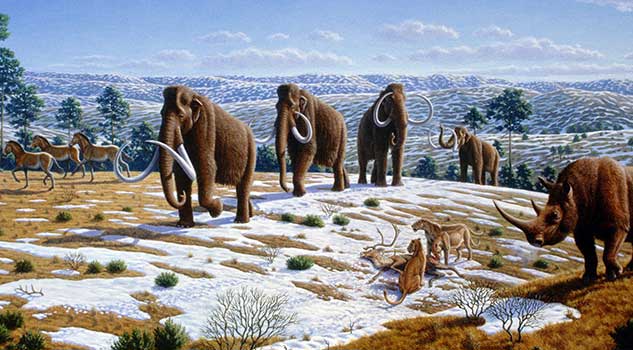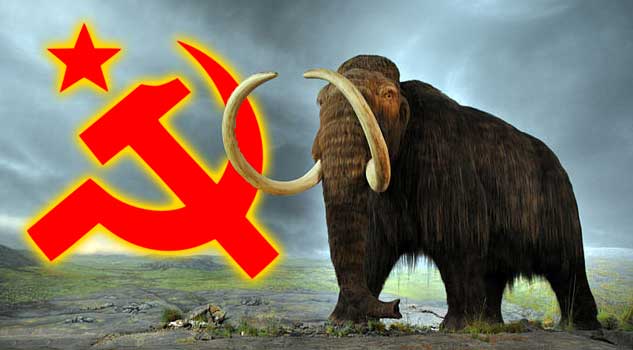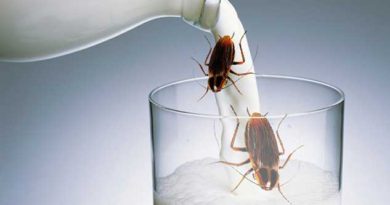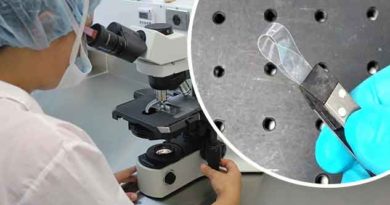Putin and Russian Scientists Bringing Woolly Mammoth Back to Life
Vladimir Putin’s cloning army have reached a ‘Jurassic Park’ level breakthrough in their bid to bring an extinct woolly mammoth back from the dead. It’s emerged the international team of scientists has reached a crucial stage in their efforts to make the beast walk the planet again – news of which has been leaked by a cloning expert.
The crack team is working on genetic material from mammoths – like blood and soft tissue – which has remained preserved for tens of thousands of years in the Siberian permafrost and only recently dug up. In the hit 1993 film Jurrasic Park a team of genetic scientists create a wildlife park of cloned dinosaurs – achieved by extracting DNA which had been preserved in amber dug up.
The expert stressed that the Kremlin leader Vladimir Putin – keen to see the hairy monster tromp the Siberian ice once more – is backing a Russian-South Korean bid. It was also revealed that tourists to Russia will be encouraged to watch scientists at work as they seek to clone the long-gone beast at a new World Mammoth Center in Yakutsk – the world’s coldest city.
Controversial South Korean cloning guru Professor Hwang Woo-Suk, working closely with Russian experts, told Russian media:
As a result of tireless joint efforts, we have achieved what we call the ‘initial stage’ on our way to recovering the mammoth.”
He did not detail the progress but said “at this stage, thorough scientific checks are under way. “Once they are completed, we will publish the results in scientific journals.”
He told The Siberian Times: “further studies” into cloning are already scheduled. But he stressed: “We continue the search for new materials and samples. “We need cells that can share information.

“If we could find a sample that is not only well preserved but also in which biochemical processes can take place, we will be able to impregnate it with the help of the Asian elephant materials.”
The professor leads the SOAAM Biotech Research Foundation in Seoul which has an agreement on joint cooperation with Russian scientists from Yakutsk’s North Eastern Federal University. He did not put a timescale on when he hoped to see mammoths make a comeback.
Professor Hwang said the interest in his work from Putin was “evident” and said the new World Mammoth Centre, which will include underground laboratories built in the permafrost, will bring the final cloning goal “closer”. One of his Russian collaborators, scientist Semyon Grigoriev, said: “There are two options for mammoth cloning. The first is through the search for active cells. The second option is artificial DNA synthesis.”
Head of this region – the Sakha Republic – famed for diamonds as well as mammoths, Egor Borisov, said tourists from around the world will be made welcome at the new complex as scientists work to restore the ancient species. Hwang is a controversial figure and in 2006 was dismissed by Seoul National University for faking groundbreaking work in stem cell research.
The university said Hwang had damaged its and his country’s reputation. Yet he remains at the forefront of research into cloning, and he is leading research into seeking the DNA of the woolly mammoth from remains of the creatures recovered in eastern Russia.
He is also working on other extinct animals such as Siberian cave lions. The mass death of mammoths began about 20,000 to 24,000 years ago.
The process continued for a long time and had a pronounced second wave of extinctions that occurred 13,000 to 15,000 years ago. The last major wave of deaths was about 9,000 to 12,000 years ago although there is evidence mammoths survived in small groups near Alaska and at Wrangel Island, in the Russian Arctic, as recently as 3,700 years ago.
Source: Mirror
Some say the woolly mammoth has been cited alive in Siberia. Check out the video below and let us know what you think in the comments section further down this page.
Share this:




